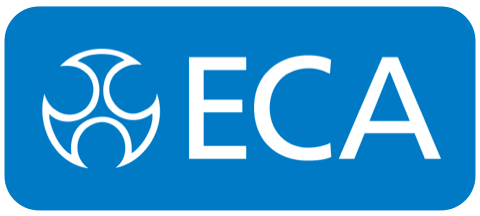- Home
- News
How to Conduct a Home Electrical Check for Safety and Efficiency
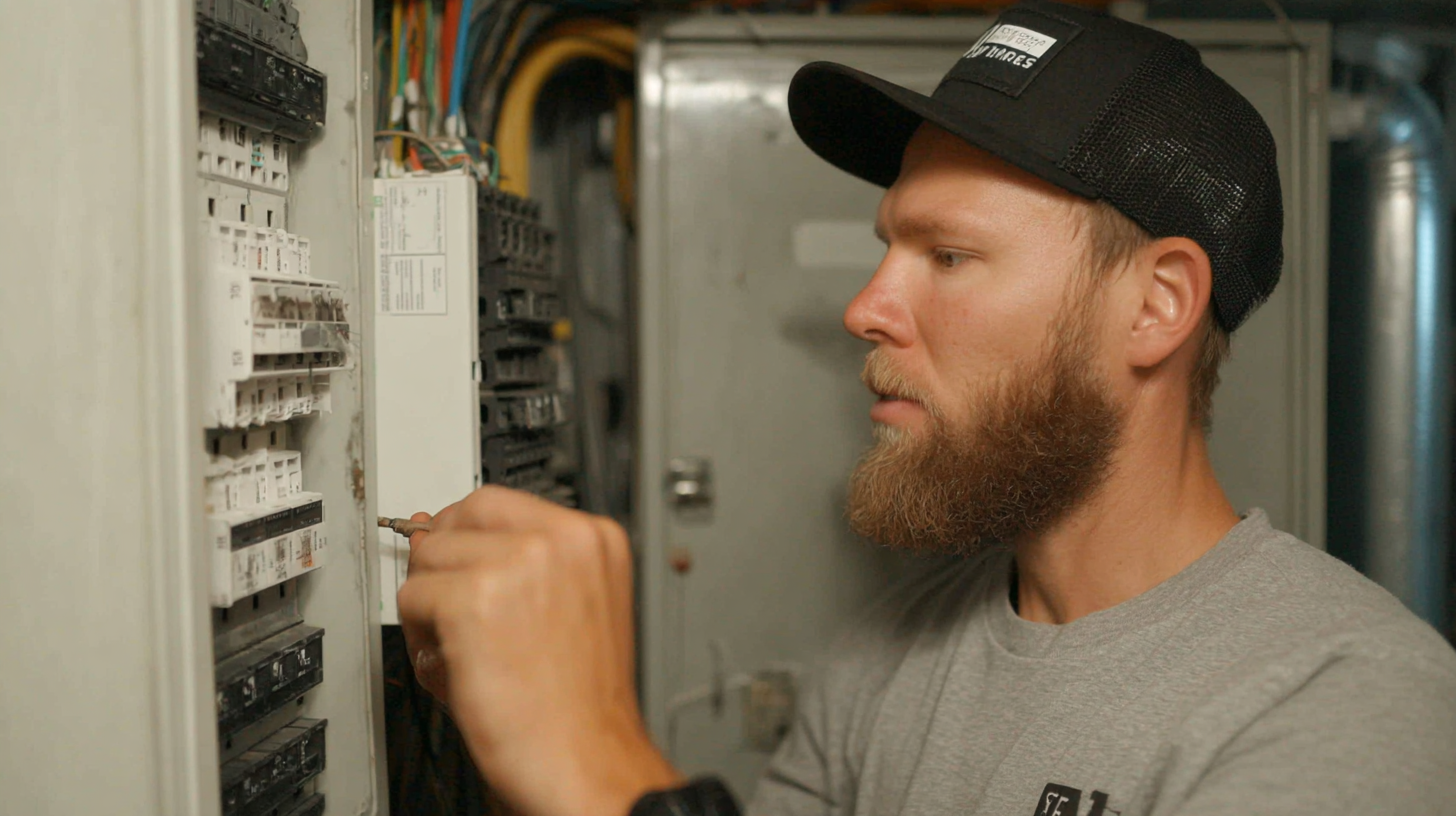 When it comes to maintaining a safe and efficient household, one critical aspect often overlooked is the importance of a comprehensive Home Electrical Check. As our reliance on electrical appliances and systems grows, ensuring their proper functioning not only enhances performance but also mitigates potential hazards. This guide aims to provide homeowners with a step-by-step approach to conducting a thorough electrical inspection, enabling them to identify any possible issues early on.
When it comes to maintaining a safe and efficient household, one critical aspect often overlooked is the importance of a comprehensive Home Electrical Check. As our reliance on electrical appliances and systems grows, ensuring their proper functioning not only enhances performance but also mitigates potential hazards. This guide aims to provide homeowners with a step-by-step approach to conducting a thorough electrical inspection, enabling them to identify any possible issues early on.
From checking outlets and cords for damage to assessing the overall load and efficiency of electrical systems, this Home Electrical Check will empower residents to take proactive measures. By prioritizing electrical safety, homeowners can protect both their property and loved ones, all while promoting energy efficiency in their living spaces.
Understand the Importance of Home Electrical Safety and Efficiency
Understanding the importance of home electrical safety and efficiency and efficiency is crucial for every homeowner. Electrical systems are integral to our daily lives, powering everything from lighting to appliances. However, neglecting routine checks can lead to significant hazards, including electrical fires, shocks, and even fatalities. Regular inspections can identify potential risks such as faulty wiring, overloaded circuits, and outdated panels, ensuring that your home remains a safe environment for you and your family.
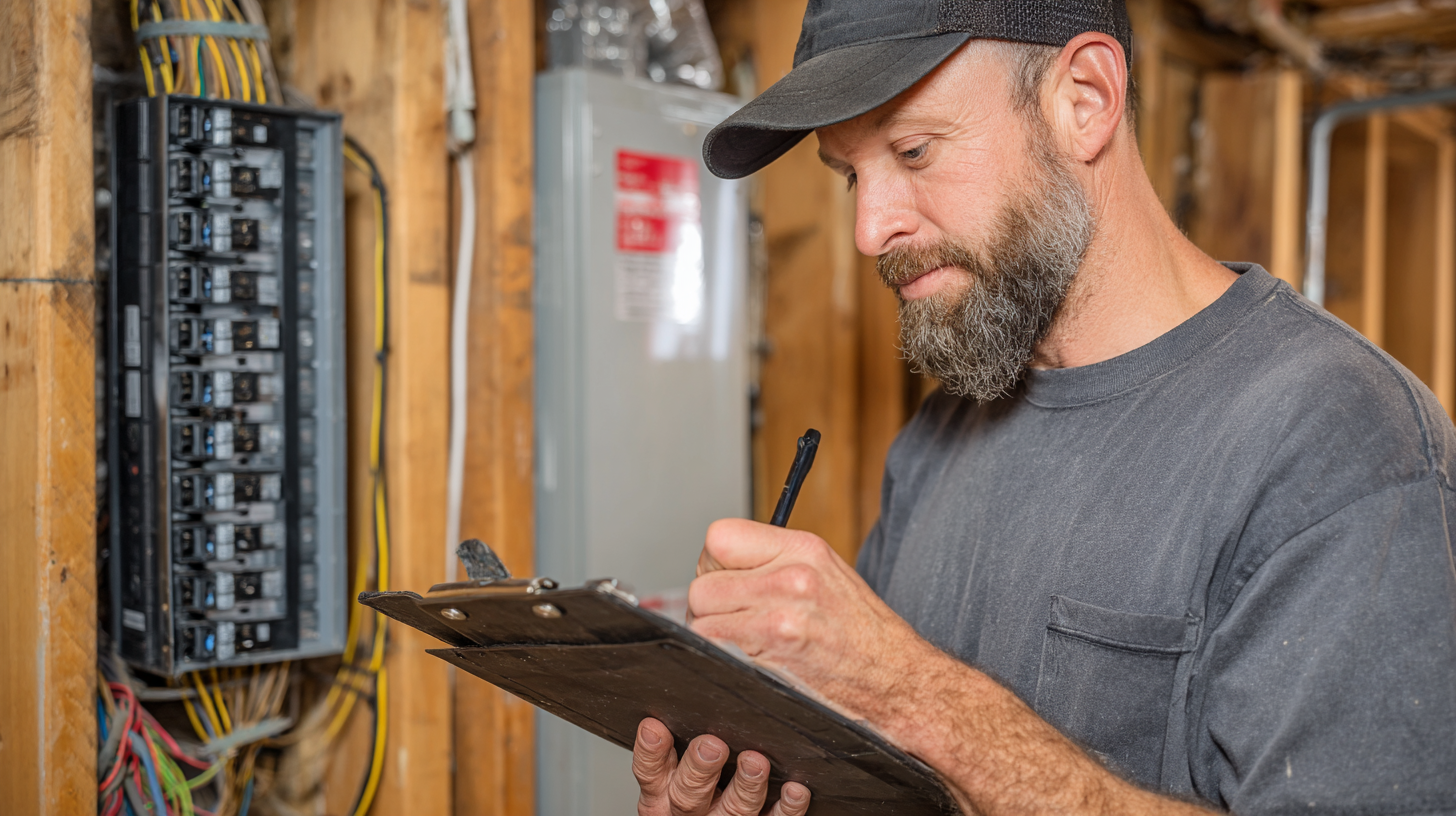
Moreover, enhancing electrical efficiency not only protects your property but also reduces energy costs. By recognizing inefficiencies—like phantom loads from unused devices or outdated appliances—you can make informed decisions to upgrade your systems. Incorporating energy-efficient devices and practices can significantly lower your carbon footprint while also improving the overall functionality of your electrical setup. Ultimately, prioritizing safety and efficiency in your home not only enhances your quality of life but also increases the longevity of your electrical systems.
Identify Common Signs of Electrical Problems in Your Home
When conducting a home electrical check, it’s vital to be aware of common signs that may indicate underlying issues. First, flickering or dimming lights can suggest problems with wiring, a faulty light fixture, or circuit overload. If you notice this happening frequently, it’s essential to investigate further to avoid potential hazards.
Additionally, the smell of burning or tingling sensations from outlets can also signify serious electrical problems. These issues often stem from overload or damaged wiring that could lead to a fire hazard if not addressed. Always ensure that your home’s electrical system is up to code and that you are using the appropriate wattage for your fixtures.
Tips: Regularly inspect your electrical cords for fraying or damage, and replace any worn-out items immediately to prevent shocks and fires. Furthermore, consider installing surge protectors for your devices to safeguard against electrical surges, especially during storms. If you are ever in doubt, consulting with a licensed electrician can provide peace of mind and ensure your home remains safe and efficient.
Gather Essential Tools for Conducting an Electrical Check
When preparing to conduct a home electrical check, gathering the essential tools is crucial for ensuring both safety and efficiency. A common industry report indicates that nearly 30% of residential electrical fires are caused by faulty wiring or poor electrical maintenance, making it vital to perform regular checks. Basic tools you will need include a voltage tester, multimeter, and circuit tester, enabling you to assess the functionality of your home’s electrical systems effectively.
**Tips:** Always ensure you have personal protective equipment, such as insulated gloves and safety goggles, to prevent any potential injury while working with electrical systems. Additionally, familiarize yourself with the layout of your home’s electrical system, checking your electrical panel for proper labeling and understanding what each circuit operates. This knowledge not only aids in efficient troubleshooting but also enhances your overall safety during the check.
Before getting started, ensure that you have a comprehensive checklist that includes inspecting outlets, switches, and any exposed wires. According to the National Fire Protection Association, homes should undergo a thorough electrical inspection at least every 10 years or sooner if you notice signs of wear. By staying proactive and equipped with the right tools, you can maintain an energy-efficient and safe home.
How to Conduct a Home Electrical Check for Safety and Efficiency
| Tool | Purpose | Safety Tips | Frequency of Check |
|---|---|---|---|
| Multimeter | Measure voltage, current, and resistance | Always turn off power before measuring | Monthly |
| Voltage Tester | Check for live electrical circuits | Use insulated gloves when testing | Before any major repairs |
| Wire Stripper | Strip ends of wires for rewiring | Do not use on energized wires | As needed |
| Circuit Tester | Test the functionality of outlets | Ensure device is rated for outlet voltage | Every three months |
| Flashlight | Illuminate areas while inspecting | Check batteries regularly | As needed |
Step-by-Step Guide to Inspecting Outlets, Switches, and Wiring
When conducting a home electrical check, focusing on outlets, switches, and wiring is essential for safety and efficiency. Start your inspection with the outlets. Ensure all outlets are securely mounted and free of cracks or damage. Test each outlet with a voltage tester to confirm they are providing the correct voltage. If any outlet is warm or discolored, it may indicate a potential fire hazard and should be addressed immediately.
For switches, check that they operate smoothly without any unusual noises or flickering lights. Loose or defective switches can lead to electrical failures or short circuits. Install wall plates where needed and avoid overloading circuits by limiting the number of devices plugged into a single outlet.
Tips: Regularly clean the outlets and switches to remove dust and debris, which can contribute to overheating. Consider labeling outlets that are frequently used for high-wattage appliances to prevent accidental overloads. Also, don’t overlook the importance of checking wiring, especially in older homes; look for signs of wear, such as exposed wires or frayed insulation. If you discover any issues, it's best to consult a licensed electrician for repairs.
When to Seek Professional Help for Electrical Issues
When it comes to ensuring the safety and efficiency of your home’s electrical system, identifying when to call in professionals can save you time and prevent potential hazards. Signs that you may need professional help include persistent circuit breaker trips, flickering lights, or outlets that emit a burning smell. These issues can indicate underlying problems that require expert diagnosis and repair.
Moreover, significant changes in your household’s electrical needs, such as extensive renovations or the addition of high-demand appliances, also warrant an evaluation by a licensed electrician. They can assess whether your current system can handle the increased load and advise on necessary upgrades to maintain safety and efficiency. Remember, while some basic checks can be performed by homeowners, it's crucial to recognize the limits of DIY electrical work and promptly seek professional assistance when in doubt.
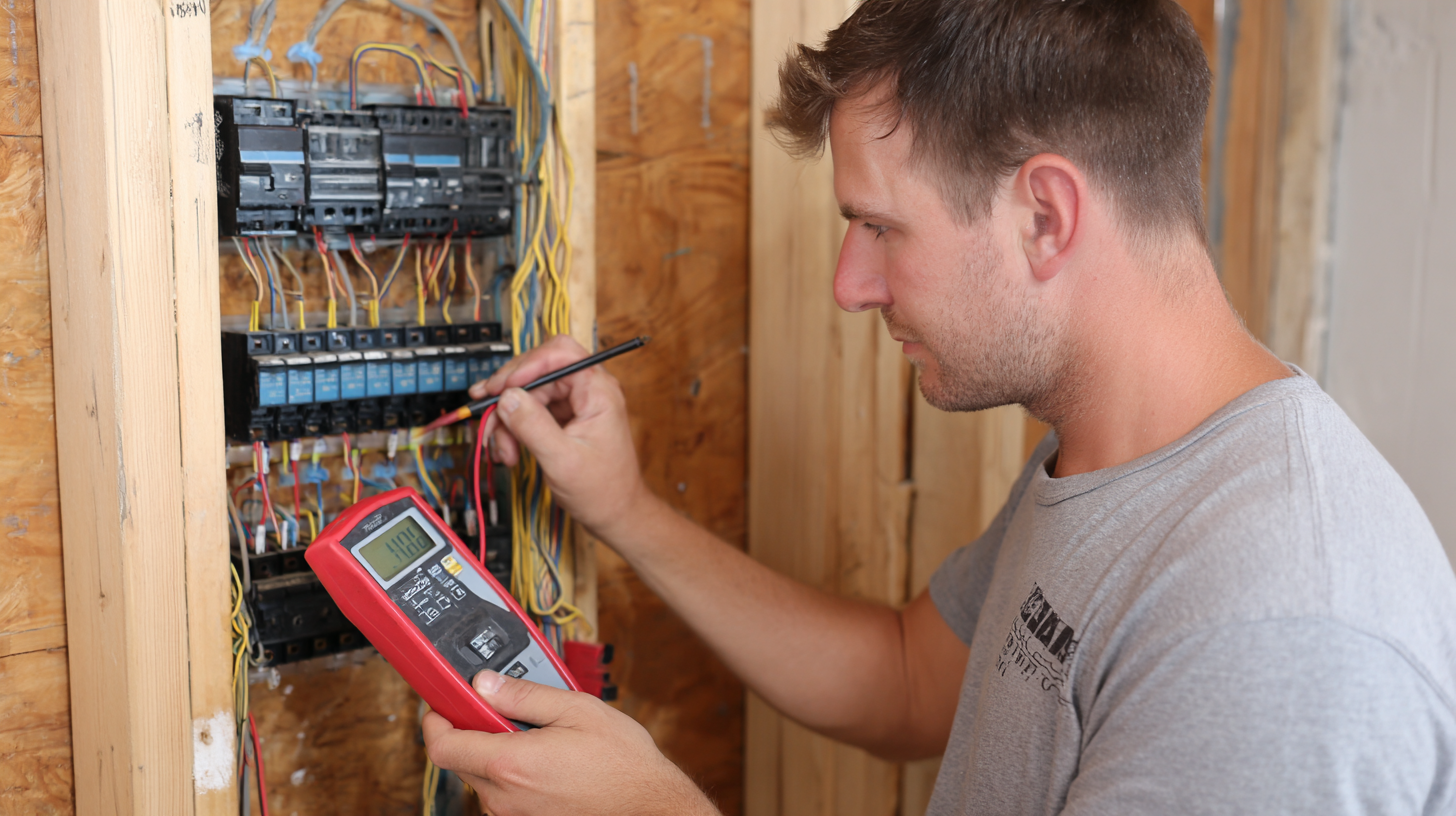
Related Posts
-
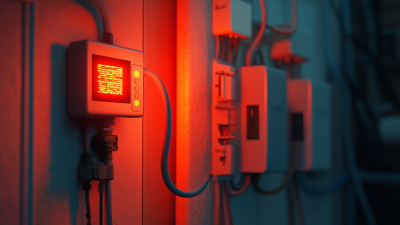
How to Ensure Your Home's Electrical Safety with a Comprehensive Check
-
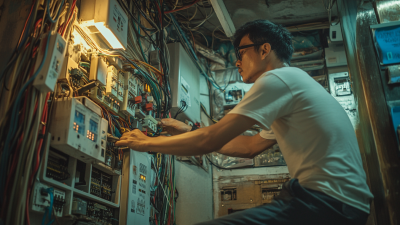
How to Ensure Safety with Your Home Electrical Check Process
-
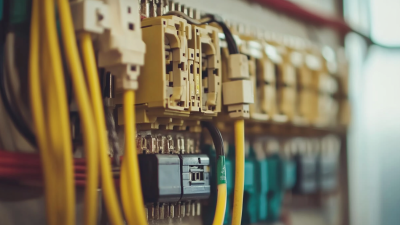
Top Strategies for Conducting an Effective Electrical Check On Your House
-
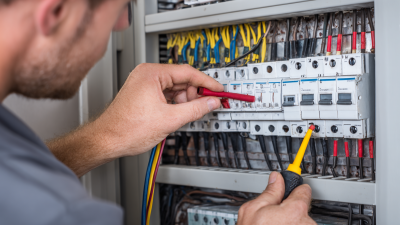
5 Best Home Electrical Check Tips for a Safer Living Environment
-

Comprehensive Guide to Electrical Safety Testing Standards 5 Must Know Insights for Global Buyers
-
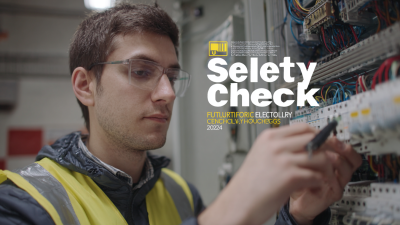
Futureproofing Electrical Safety Checks in 2025 with Emerging Technologies
